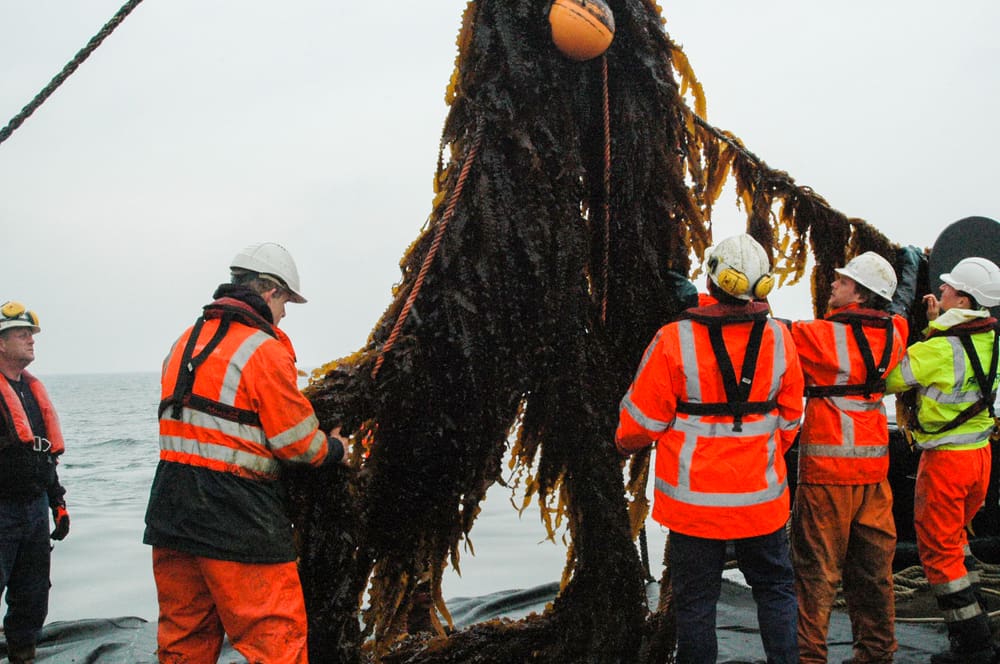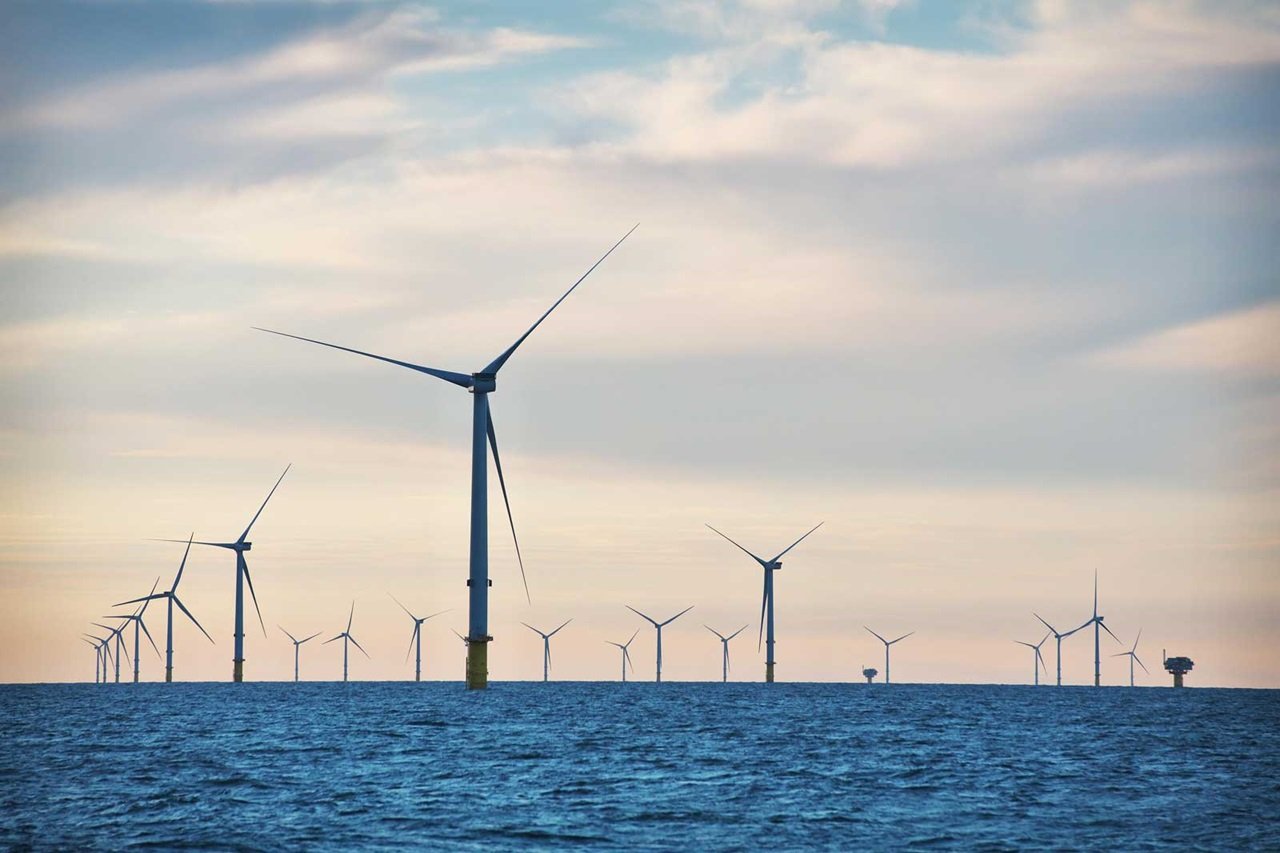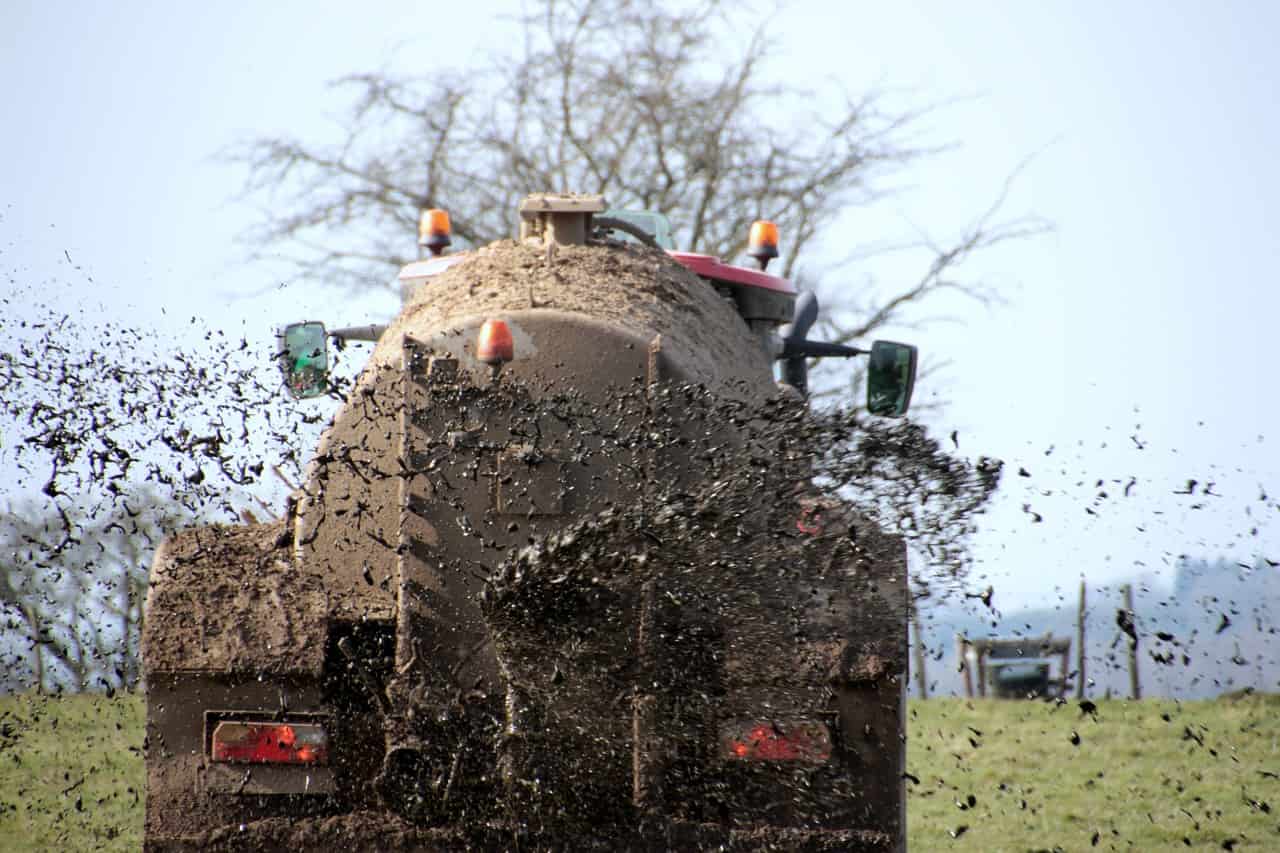
It may take some getting used to for those who are accustomed to traditional agriculture. You also have to forget the image of head-neck -rump, stables and land (and nitrogen tanks). Because the fact is that seaweed farms are the future.
North Sea Farmers is aiming for 400 square kilometers of seaweed farms at sea.
This is according to a study by North Sea Farmers, a trade association of companies that cultivate seaweed or market seaweed-related applications and products. The most suitable locations for sustainable seaweed farms are offshore wind farms in the North Sea.
Seaweed consumption
North Sea Farmers aims to have 400 square kilometers of seaweed farms in Dutch waters between offshore wind farms as of 2030. Emissions of up to 1.6 million metric tons of CO2 could be spared.
The European seaweed market is growing with each passing year. Last year, Europeans ate €840 million worth of seaweed. The study found that sales are projected to increase to between €2 billion and €3 billion by the year 2030. The seaweed that is available on the European market currently comes almost exclusively from Asia. Europe does not have a tradition in this area. With wild harvest and cultivation combined, our continent produces only 300,000 metric tons of seaweed per year. That is less than one percent of the global volume of 32.4 million metric tons. Incidentally, the total market value of seaweed is 8.4 billion euros.

The North Sea Farmers think the rise in seaweed consumption is due to a growing level of awareness among European consumers. Seaweed, which is the general term for various algae and marine plants, has excellent nutritional values. It also has beneficial effects for the environment. Seaweed is easy to grow. It does not take up any farmland nor does it require fresh water. The world’s protein needs could be met with seaweed cultivation on an area three times the size of Portugal.
Toothpaste and chocolate milk
Seaweed is used in dishes such as sushi, burgers and spaghetti. One example is the Dutch Weed Burger which is made of cultivated Dutch seaweed (available in some Dutch supermarkets). Seaweed is also used as a salt substitute, flavor enhancer and as an alternative to animal protein. It is also used as a thickener in toothpaste and chocolate milk. The pharmaceutical industry has many uses for seaweed too.
Read about how packaging in Spain is made out of seaweed.








